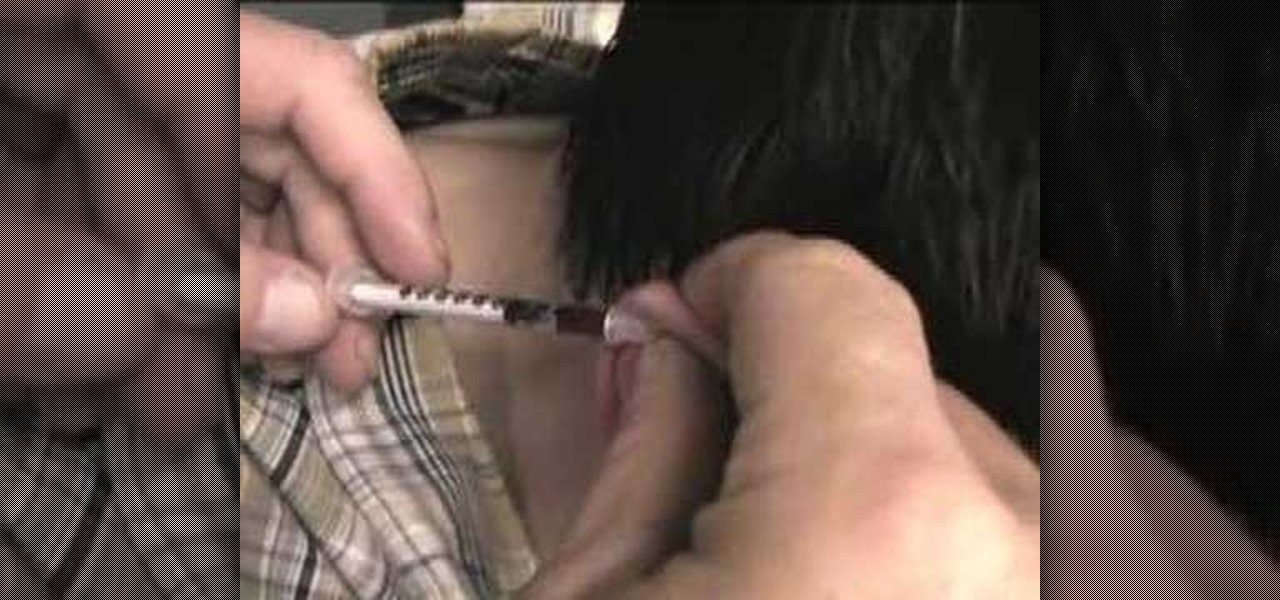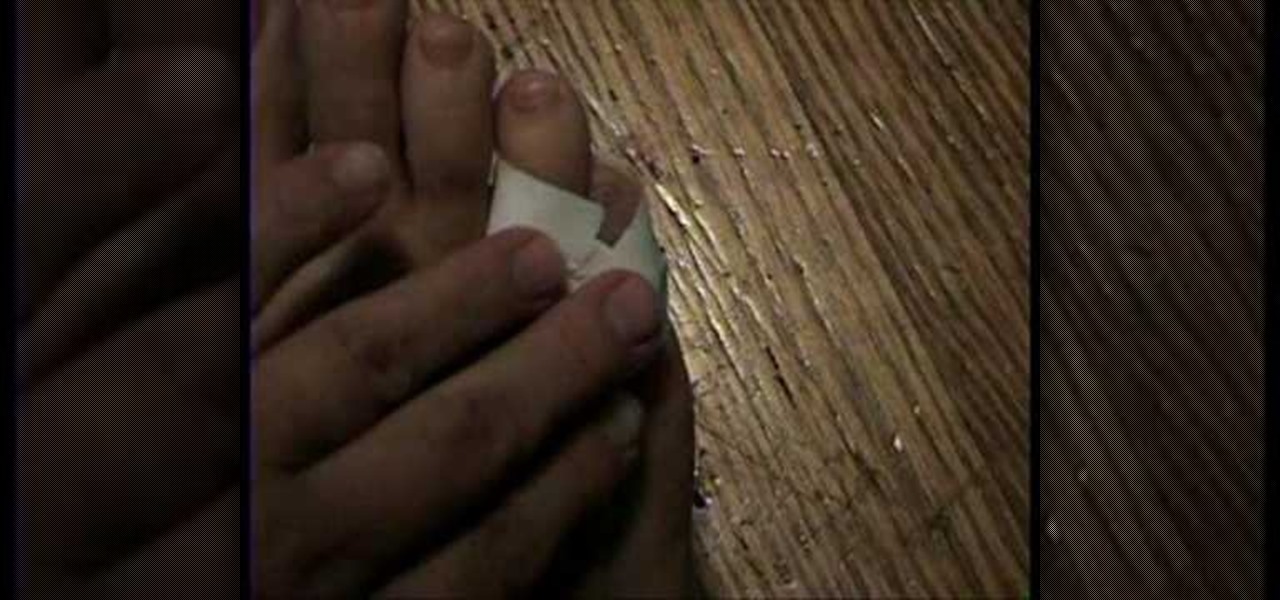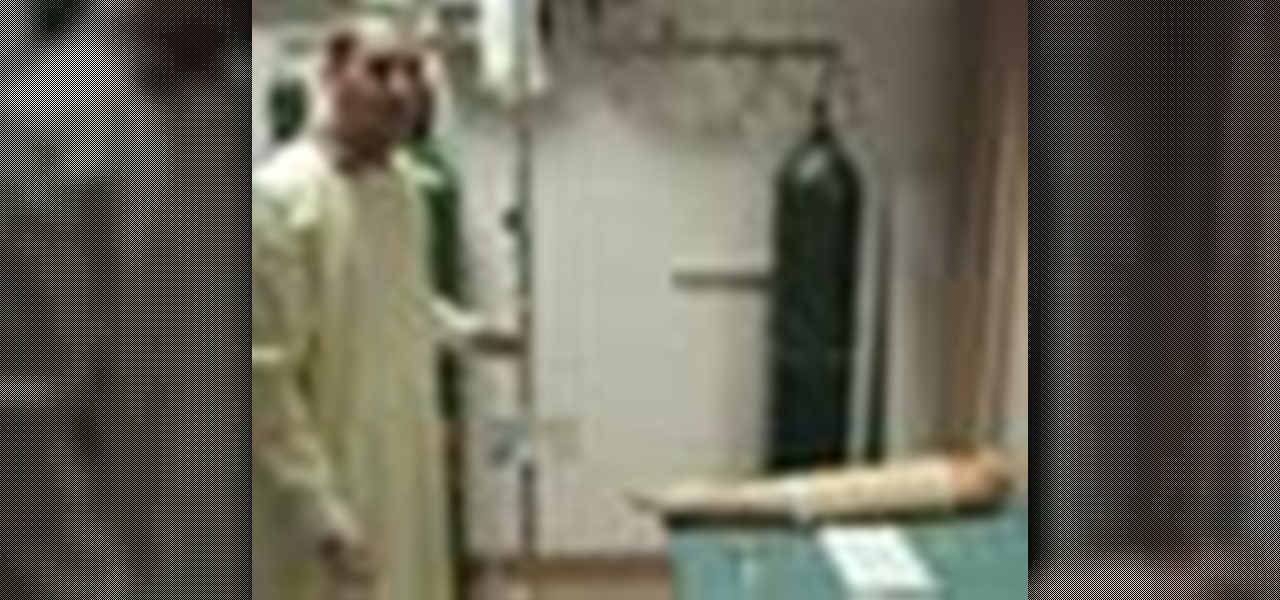First Aid Features


How To: Treat insect bites and stings
Learn various home remedies for treating insect bites and stings in this free video series from a physician.

How To: Relieve pain in the battle field with morphine
Morphine is not administered to every injured soldier. Watch this U.S. Army video on when and how to use morphine to avoid shock and relieve pain and pain-associated fear.
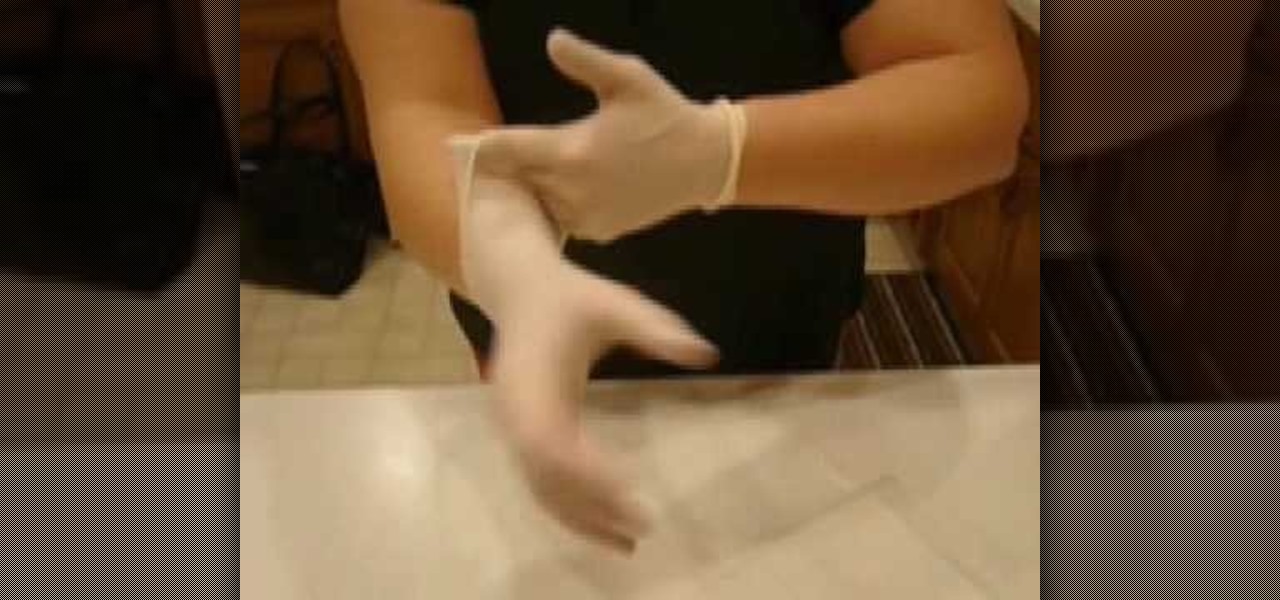
How To: Do sterile gloving before encountering a patients
This how to video demonstrates how to do sterile gloving. Watch and learn how simple it is to wear gloves without contaminating them. Always make sure you are working in a sterile field and that you have washed your hands prior to wearing the gloves.
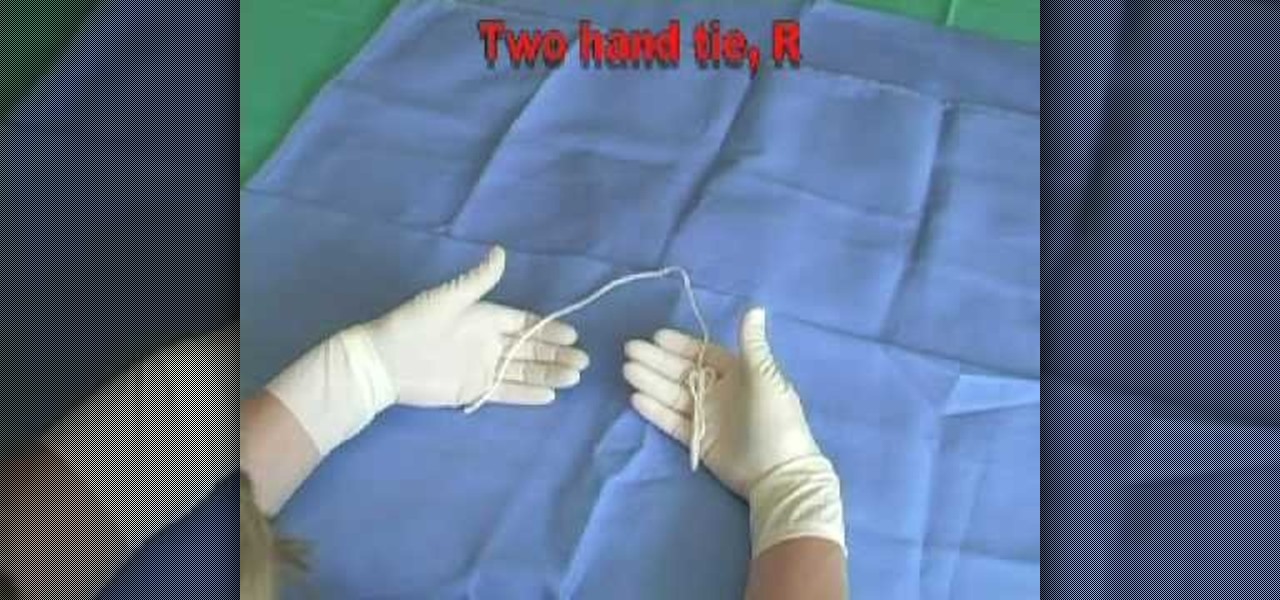
How To: Perform a two handed suture tie on an animal
luvk9ines gives a tutorial on how to tie a two-handed suture tie for veterinary purposes. To begin the two-hand suture tie, knot the two ties together and continue to knot but you will alternate the direction of each knot. One knot/tie will be interlinked from the top and the next knot will be interlinked from the bottom. In other words, pretend that you are making a knot on a tie and each time you make the knot, the tie on the left will be going in the bottom direction. The next knot, the ti...
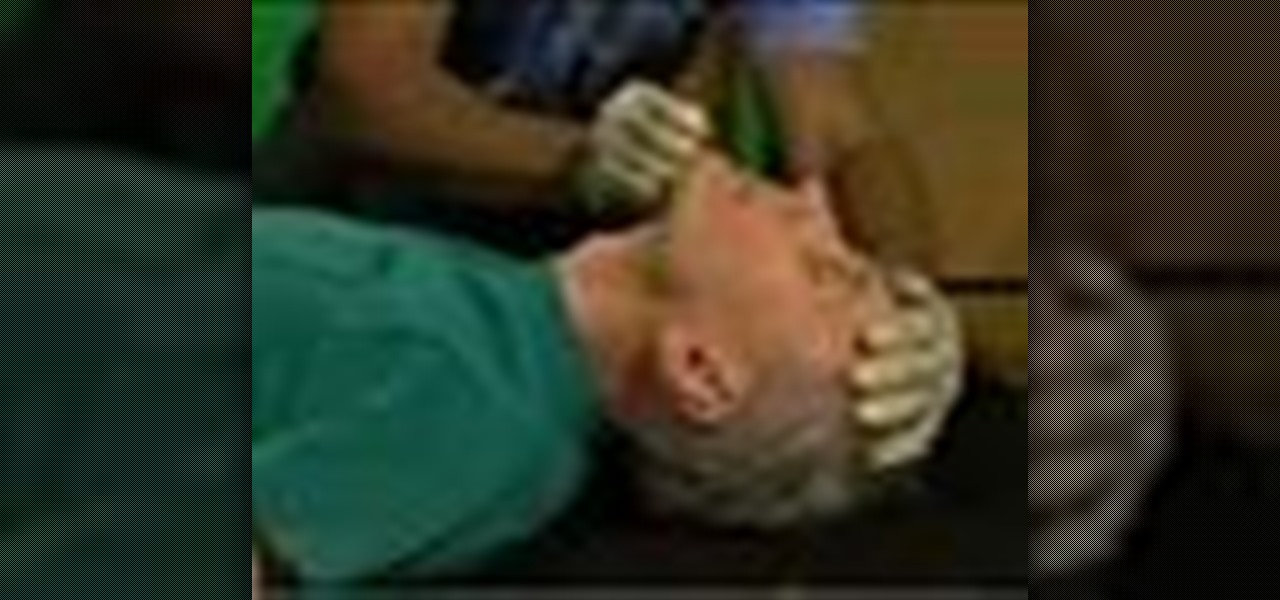
How To: Open the airway if there is no neck injury
In an accident when the airway needs to be opened and you do not suspect a neck injury, use the head tilt-chin tilt technique. Turn the patient to their back by supporting their head and neck. Place one hand on the forehead and the other on the tip of the chin. Push down on the forhead and lift up and forward on the chin. This will lift the tongue from the back of the throat and clear the airway. Open the airway if there is no neck injury.

How To: Perform the Heimlich maneuver on a choking person
Save someone's life by watching this how to video. Martin and Jayanti demonstrate how to safely deal with a choking casualty in case of an emergency. Learn great first aid tips and how to perform the Heimlich maneuver on someone who is choking. Perform the Heimlich maneuver on a choking person.
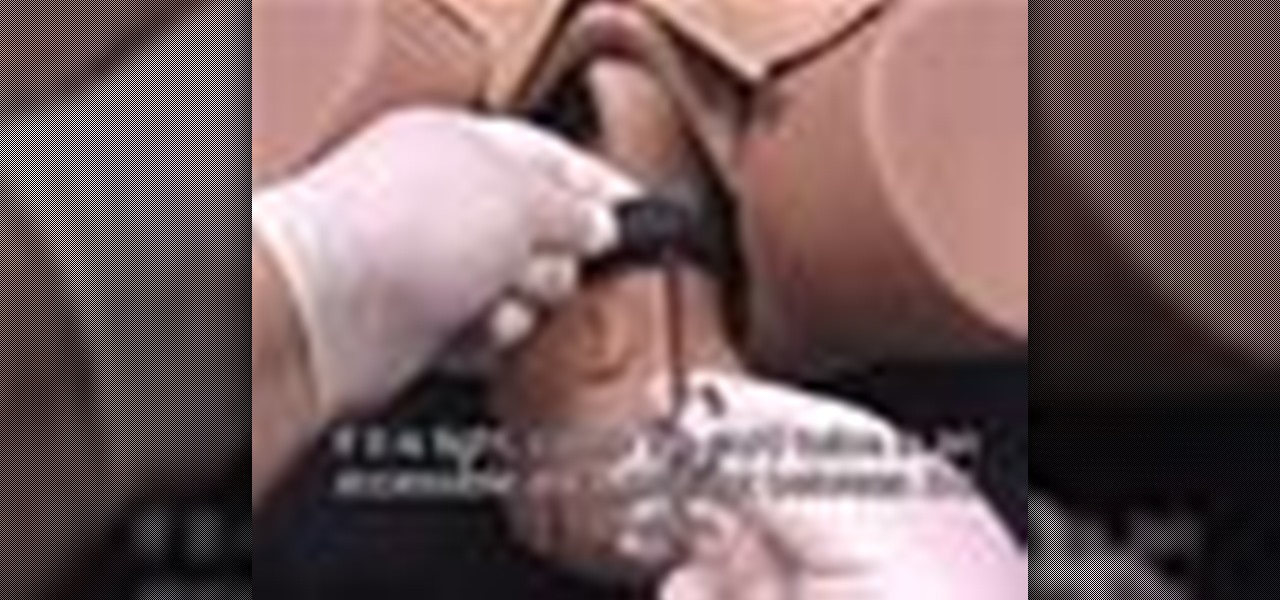
How To: Reduce a nuchal cord
Learn the procedure of reducing a nuchal chord and moving the umbilical cord to avoid strangulation of the infant.
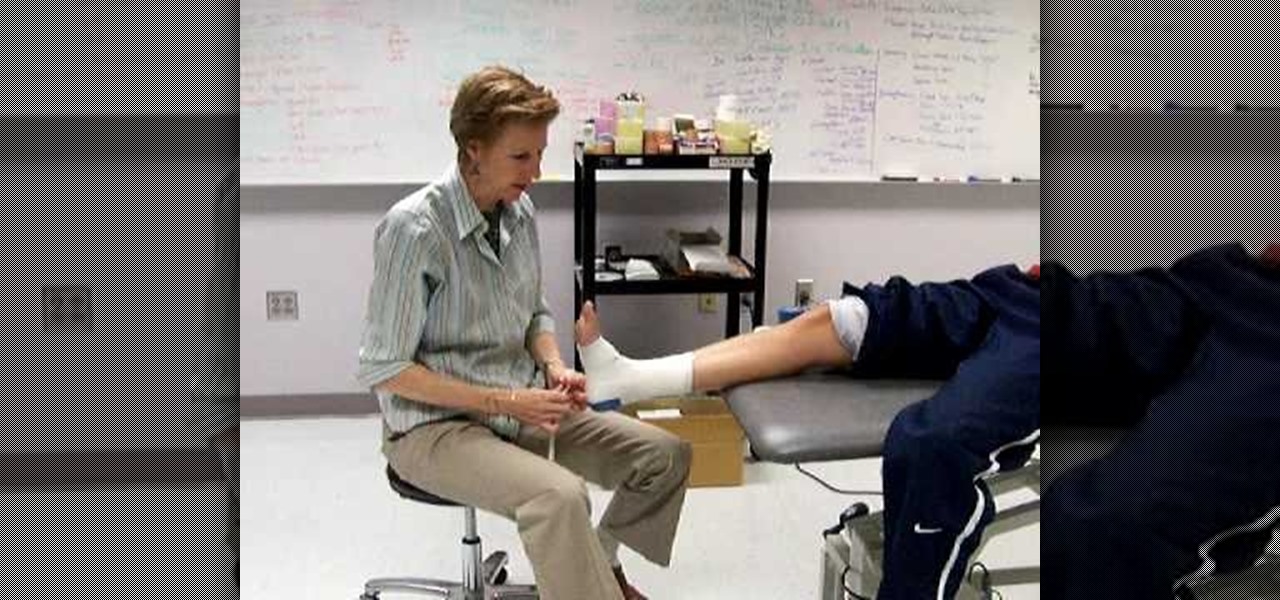
How To: Tape an ankle quick and easily
Athletes and accident-prone people, this video may save your life! Brush up on your first aid skills with help from this free tutorial. Learn how to tape an injured ankle quickly and easily with these step-by-step instructions.
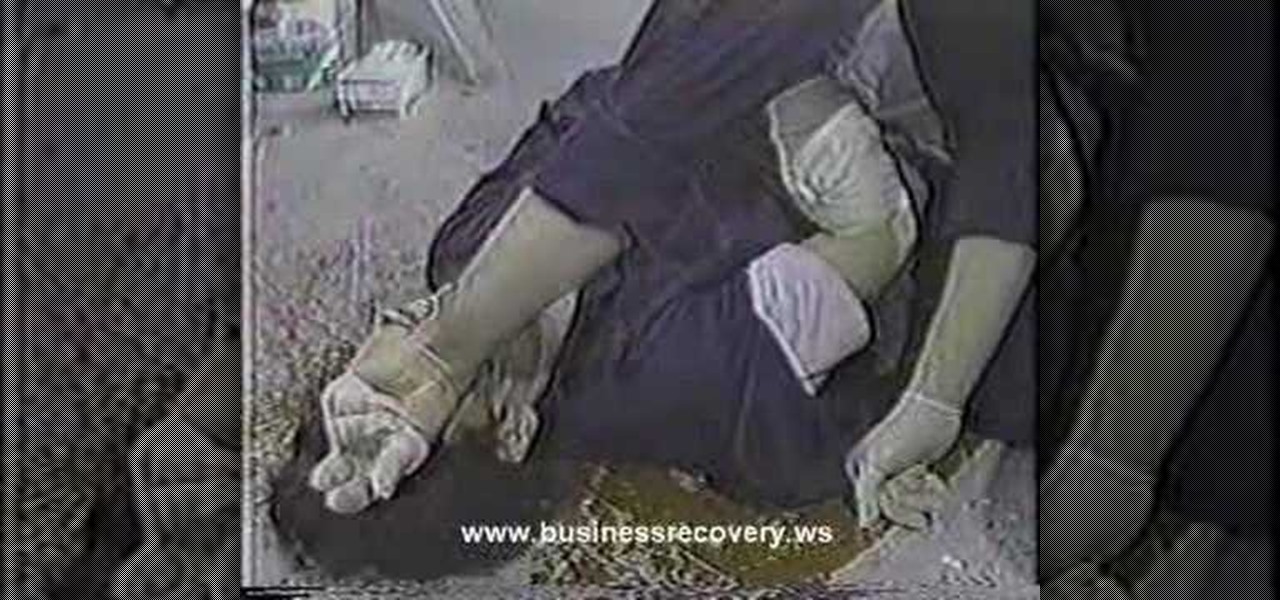
How To: Stop severe bleeding with first aid techniques
An emergency situation at work is about to occur, are you prepared? This first aid how-to video demonstrates what to do in case someone is severely bleeding. Begin by assessing hazards and making the area safe. Wear latex glove and assess the bleeding injury itself. Ask for additional help if need. The first aid tips in this video are sure to keep your workers healthy and happy.
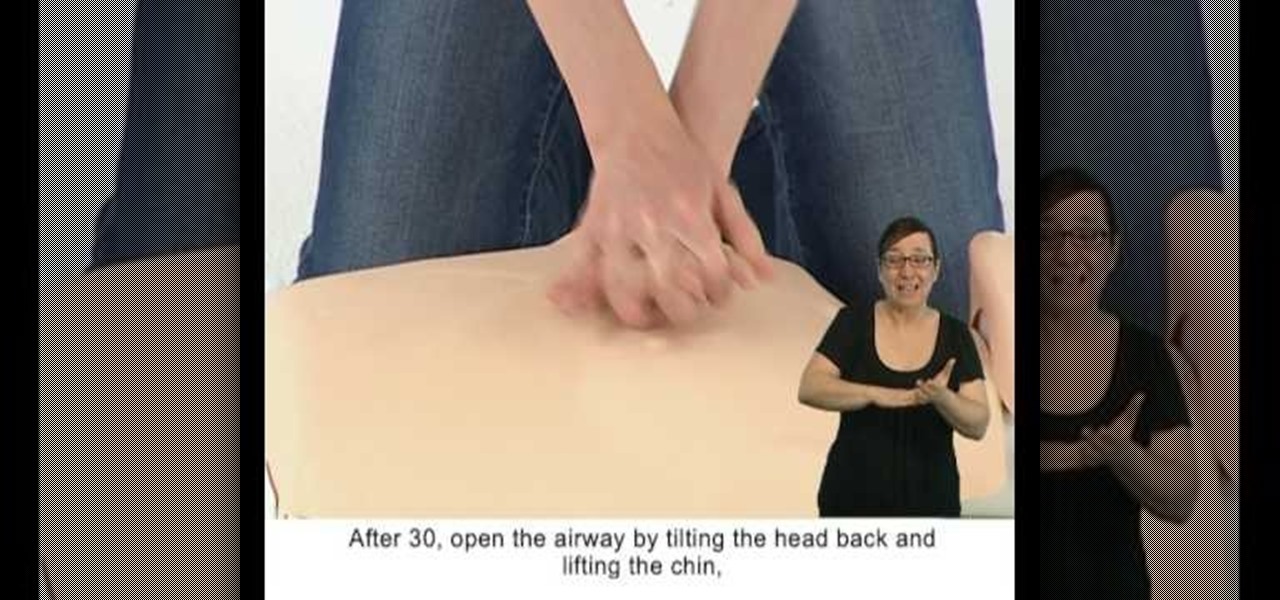
How To: Perform CPR on an adult [signed] (British Red Cross)
Everyone should know basic first aid, and the hearing impaired are no different. Deaf people can save a life just like any other, so this video is designed specifically for the hearing impaired, in sign language.
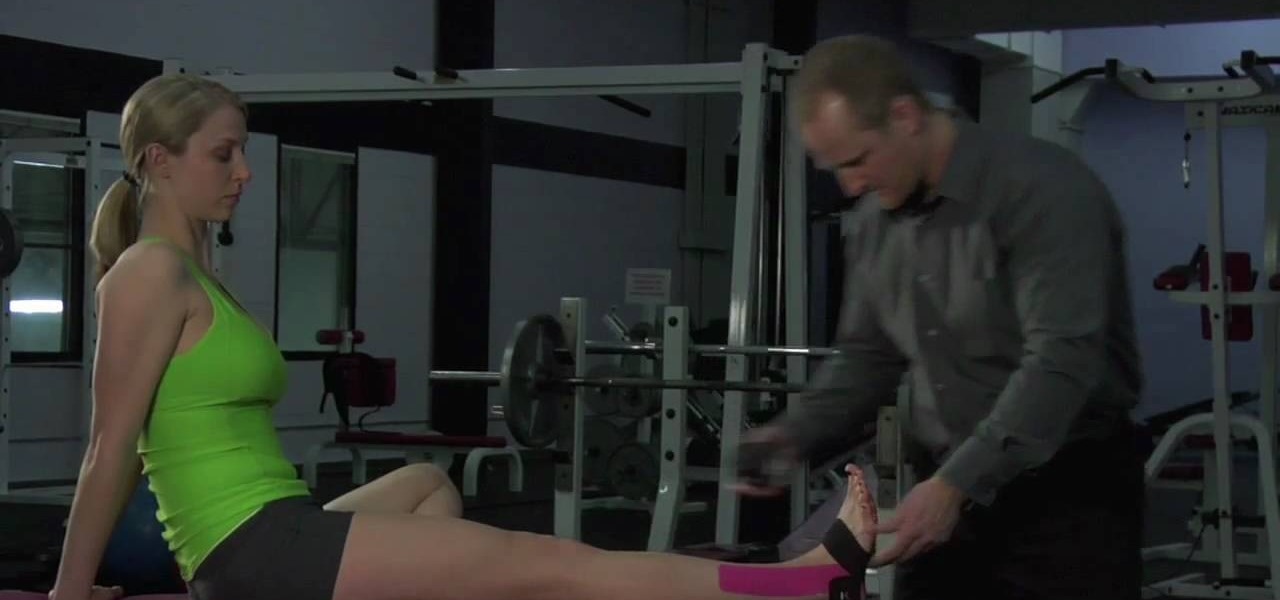
How To: Easily tape an ankle sprain
Runners, gymnasts, and others who are prone to injury: Listen up! In this video, learn how to properly tape up an ankle spran in case of injury. Brush up on your first aid skills with help from this free tutorial.
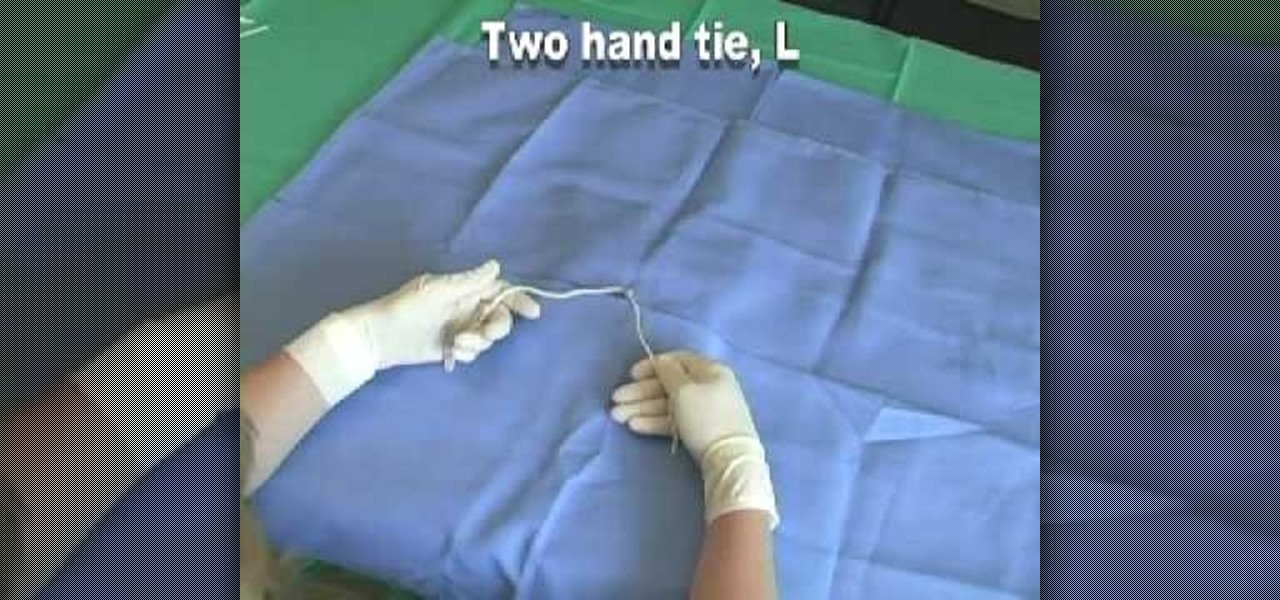
How To: Perform left handed two hand suture ties on an animal
If you are a veterinary student and need to learn how to do hand ties, these videos will help you. These educational videos were created by Lara Rasmussen, DVM and Eva Jaeger, RVT in 2003 and in this clip learn how to perform left handed two hand suture ties on most animals. Practice makes perfect and soon you will be ready to save the day.
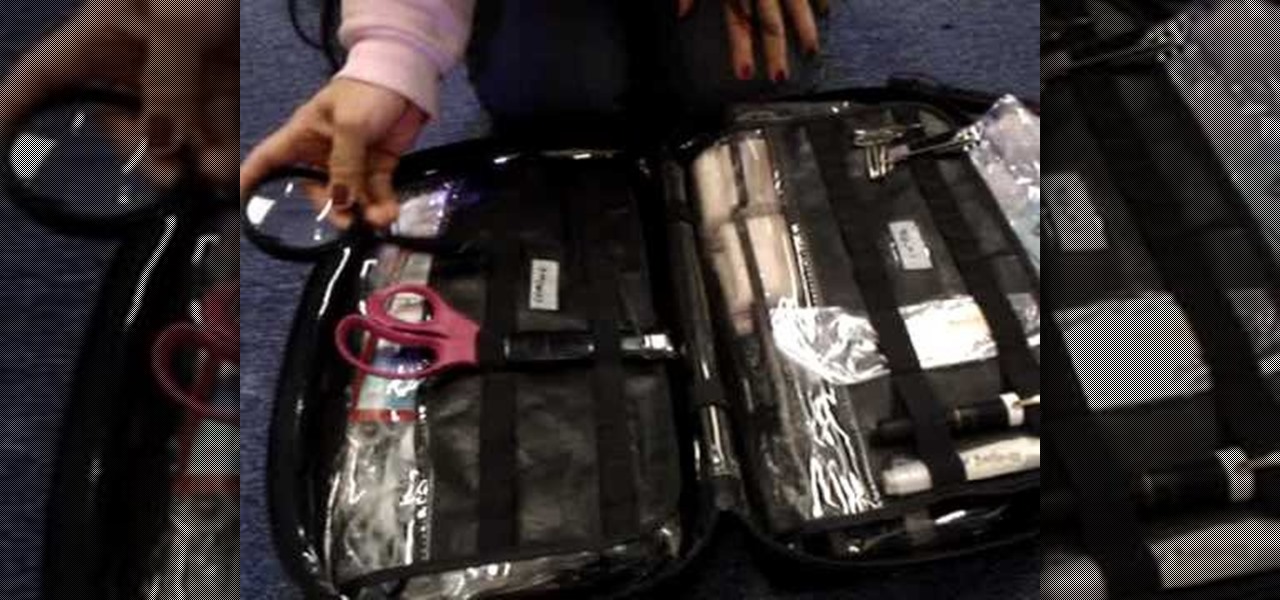
How To: Form a makeshift, provisional first aid kit
First aid is important, and not everyone is prepared or even knows what to do in an emergency situation. You could save the day, or at least mend your paper cut. THe key to first aid is the first aid kit. If your's is not up to date, or if you can't afford a real one, then watch this video to see how to form a makeshift, provisional first aid kit.

How To: Treat minor cooking burns at home
It's impossible to learn how to cook without getting burned a few times. First, learn how to avoid getting burned (like using potholders and taking care around hot stoves). If you accidentally get burned, here is how you can treat the minor burns with water and first aid supplies.
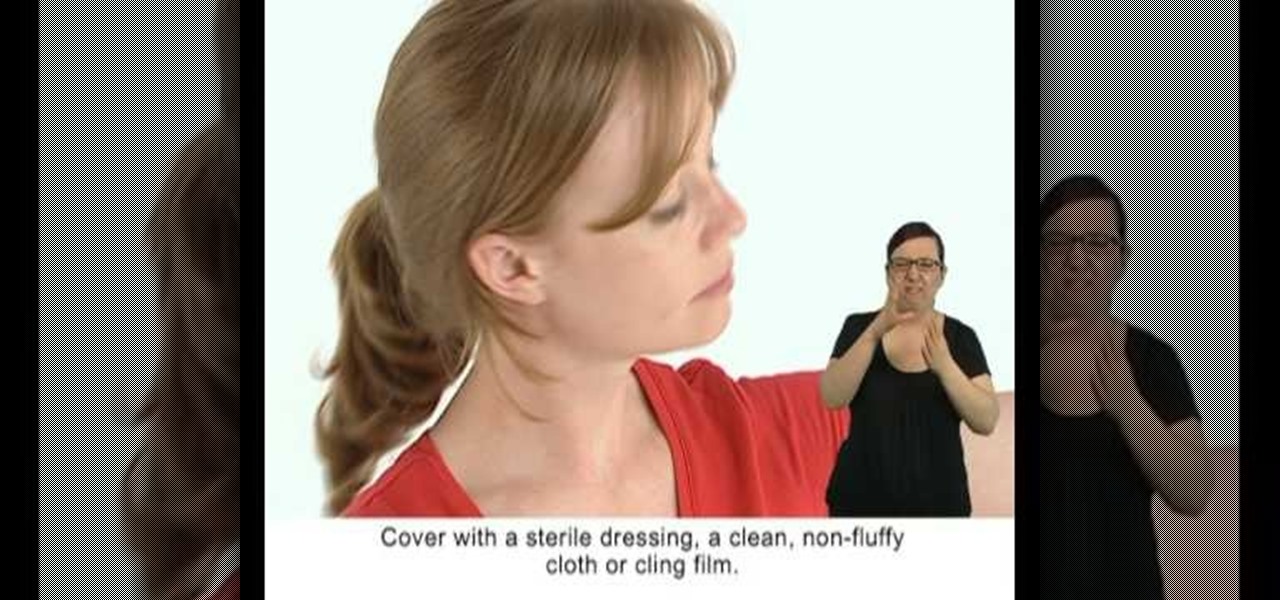
How To: Treat burns and scalds [signed] (British Red Cross)
In this first aid video, learn the simple procedure of caring for burns and scalds, in sign language. It's specifically geared to helping the deaf and hearing impaired.
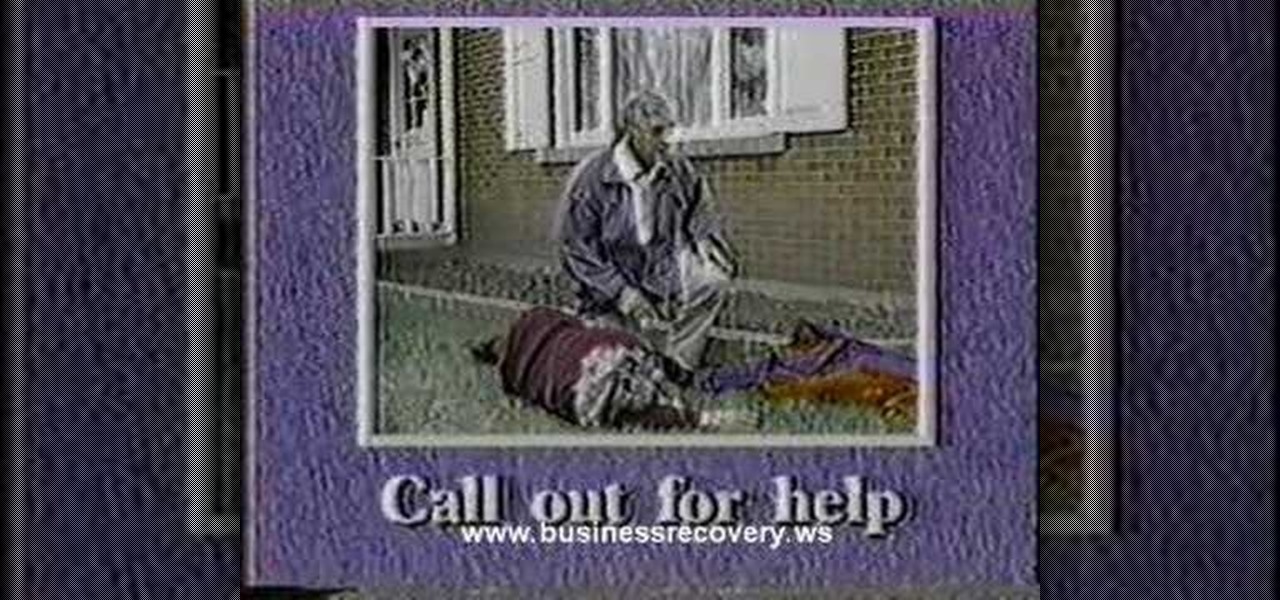
How To: Treat an unresponsive casualty with first aid
As with any emergency situation it is important to follow the proper guidelines for emergency scene management. This first aid how-to video will show you what you need to know to be ready for an emergency, where ever it occurs. Learn to treat an unresponsive casualty and hopefully save their lives.

How To: Stop a child's bleeding nose
This video contains information on how to treat a child's bloody nose.

How To: Treat a nosebleed
Nosebleed or the official term is epistaxis is bleeding from the nasal cavity. Nose bleeds are very common and are often caused by dry air, illness, or trauma. Learn more about the causes, symptoms and treatments of nose bleeds in this medical how-to video.
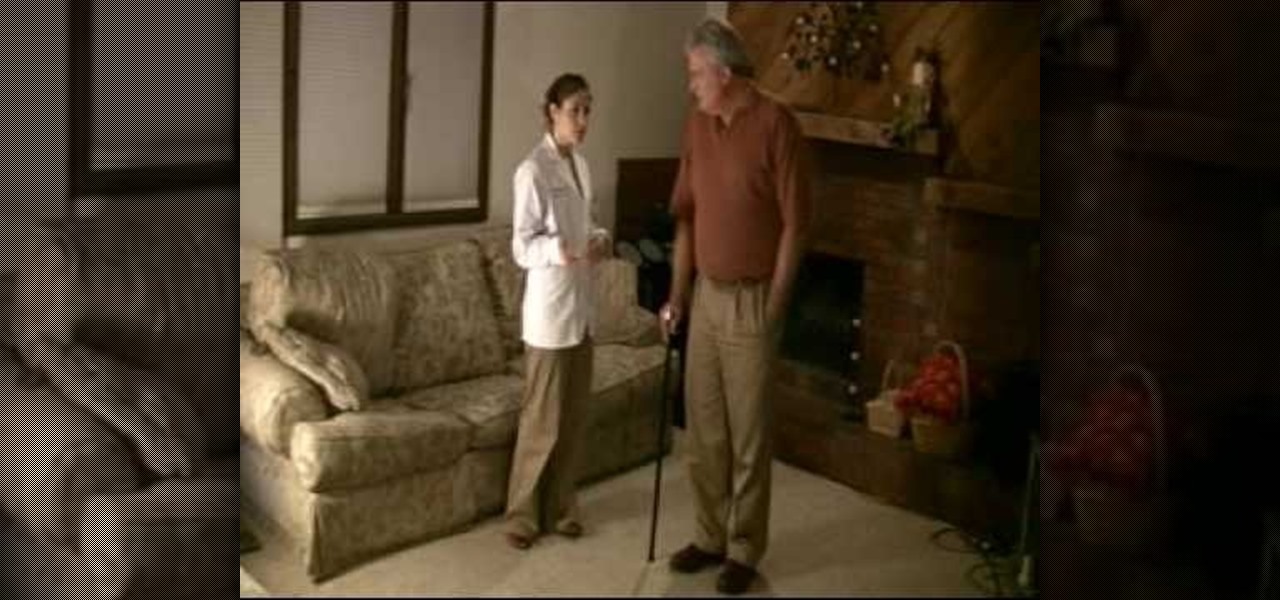
How To: Use a cane
Lauren Dickerson and Ed Barnett demonstrates how to properly use a cane. Using a cane is appropriate when you have impaired mobility of any kind such as an injury caused by a knee or a hip. First, measure the cane. Hold the cane about four inches away from you and it should come to hip height. When the cane is the right length, your arm should come at a 30 degree angle. Hold the cane on the stronger side of your body. When you walk, bring the cane and your weaker leg out together. Then bring ...

How To: Provide emergency care to a person who is unconscious
In this medical-minded video tutorial from the folks at ICYou, we learn about the potential risks associated with providing emergency care to an unconscious person. For all of the details, and to learning more about providing aid to a person who is unconscious, take a look.
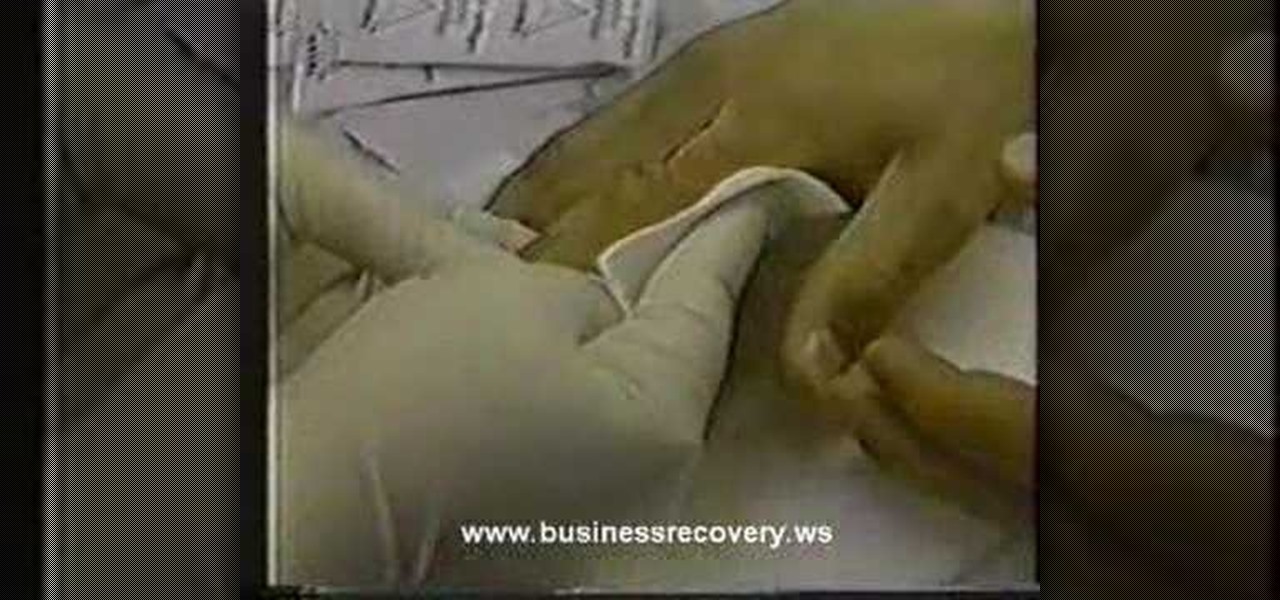
How To: Clean and treat minor wounds with standard care
Accidents happen at work. When there is a minor wound victim, take charge and help support the injured person. This first aid how-to video shows you how to treat work related minor wounds. These first aid tips for work are sure to keep your employees healthy and happy.

How To: Do artificial respiration on an adult with a trauma
If you came upon an emergency situation would you know what to do? First aid CPR techniques can come in handy at any time. Watch this first-aid how to video to learn how to perform artificial respiration on an adult who has suffered a trauma.
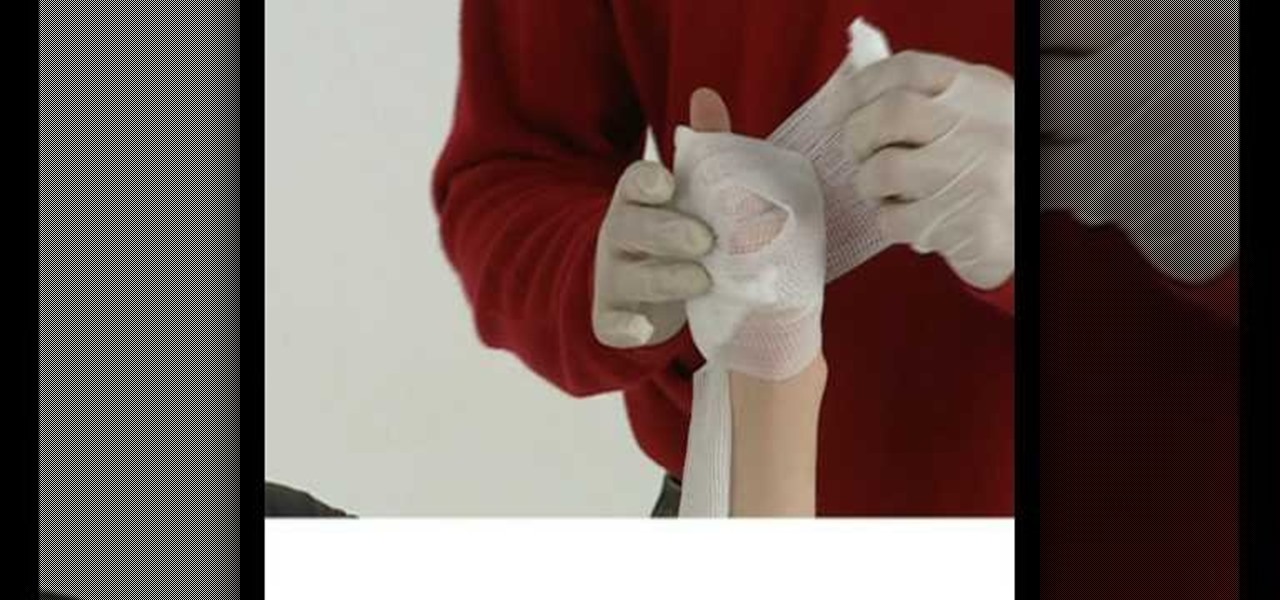
How To: Stop severe bleeding [signed] (British Red Cross)
This video is designed to help deaf people, or those with hearing impairments, learn how to do basic first aid. Specifically, this video deals with sever bleeding and how to stop it, and is taught in sign language.

How To: Help someone having a panic attack
Help Someone Having a Panic Attack. We show the best measures to take to relieve someone suffering a panic attack. Come to the support of friends, family, and other members of the community. Help someone having a panic attack.

How To: Remove a splinter
An excellent video explaining the basics in how to remove a splinter from your hand. Some great splinter removal tips from sterilizing the tweezers, encouraging bleeding, and applying the plaster. Remove a splinter.
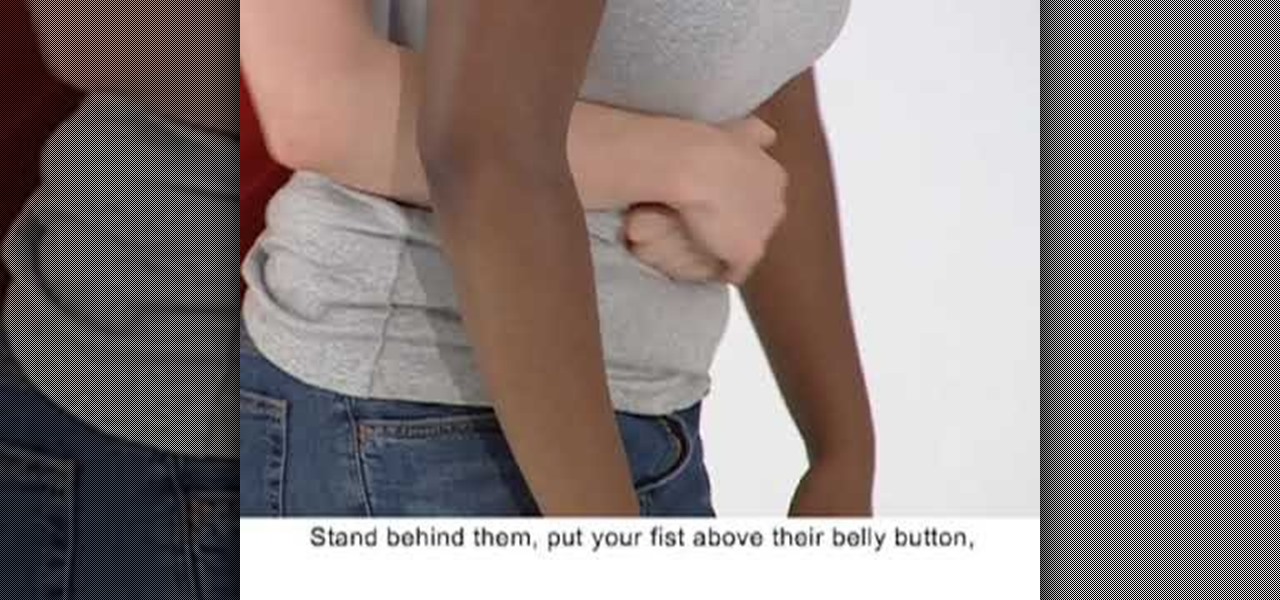
How To: Treat a choking person (British Red Cross)
Choking is serious life-threatening problem that need immediate attention. If waiting too long, it could result in such problems as hypoxia or even death. Being able to respond to a choking victim could save someone's life, and everyone should know this first aid procedure.
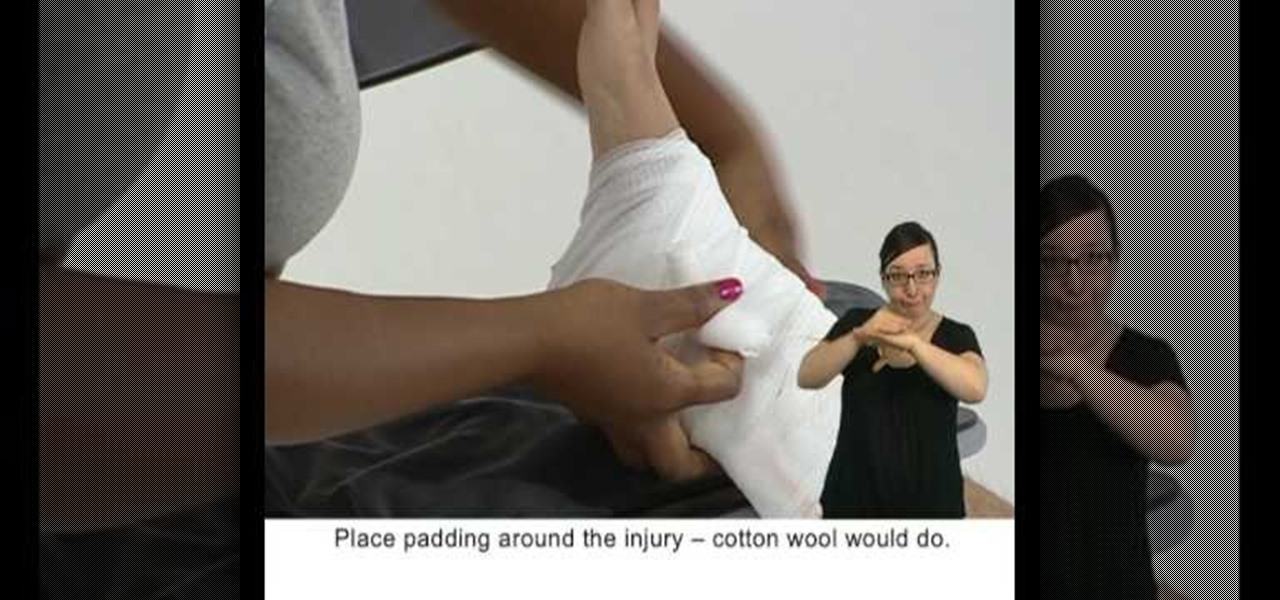
How To: Treat strains and sprains [signed] (British Red Cross)
Everyone should be able to perform basic first aid, even those with hearing impairment. Deaf individuals are just as likely to save a life as anyone else, but they need to know how, just like everyone else. This video is signed to help those with hearing problems learn about strains and sprains treatments. Although strains and sprains are not a serious injury, they are still very painful for the sufferer, and the only way to make sure they heal properly is to make sure they get immediate atte...

How To: Perform CPR on a baby (British Red Cross)
The most basic and most important aspect of first aid is CPR. It's the one thing that is most likely to save a life. It's stands for cardiopulmonary resuscitation, which is the emergency medical procedure for restoring a person's normal heartbeat and breathing when experiencing heart failure or breathing impairment. But there's a different approach when dealing with and chest massages for babies under one year old.

How To: Treat a bee sting
In this video, we learn how to treat a bee sting with Dr. Karen Sheehan. Wasps can sting you over and over, so make sure if you or your child is around one, you get away as quickly as possibly. A honeybee will only sting once but it will keep its stinger inside of your body, make sure you remove the as soon as possible. Another thing to do to make your child more comfortable is to give them Benadryl, and give them the appropriate dose. Also putting ice on the site for 20 minutes every hour wi...
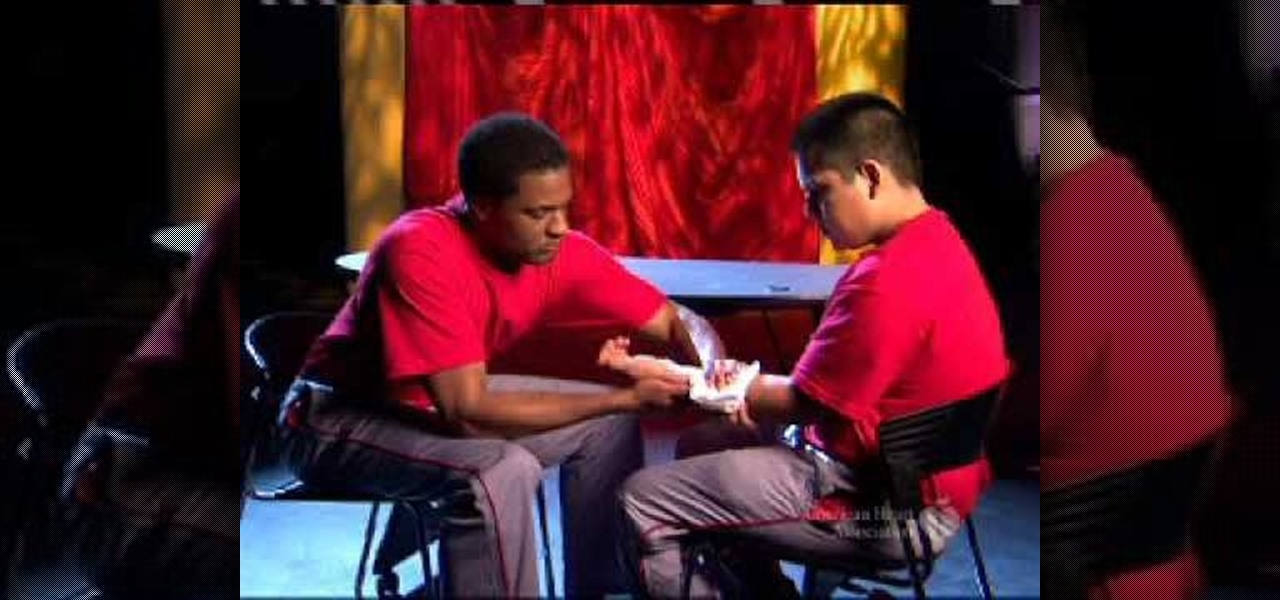
How To: Stop bleeding with pressure and gauze
In this tutorial, we learn how to stop bleeding with pressure and gauze. If someone around you gets hurt and is bleeding, the very first thing you will want to do is put pressure on the area that is bleeding. If you don't have gauze, use a shirt or a towel. Do not touch the blood directly, as this can cause disease and other complications. Push down on the area firmly with your entire hand and take the victim to a hospital to get checked out, if the wound is large enough. If it's a smaller cu...
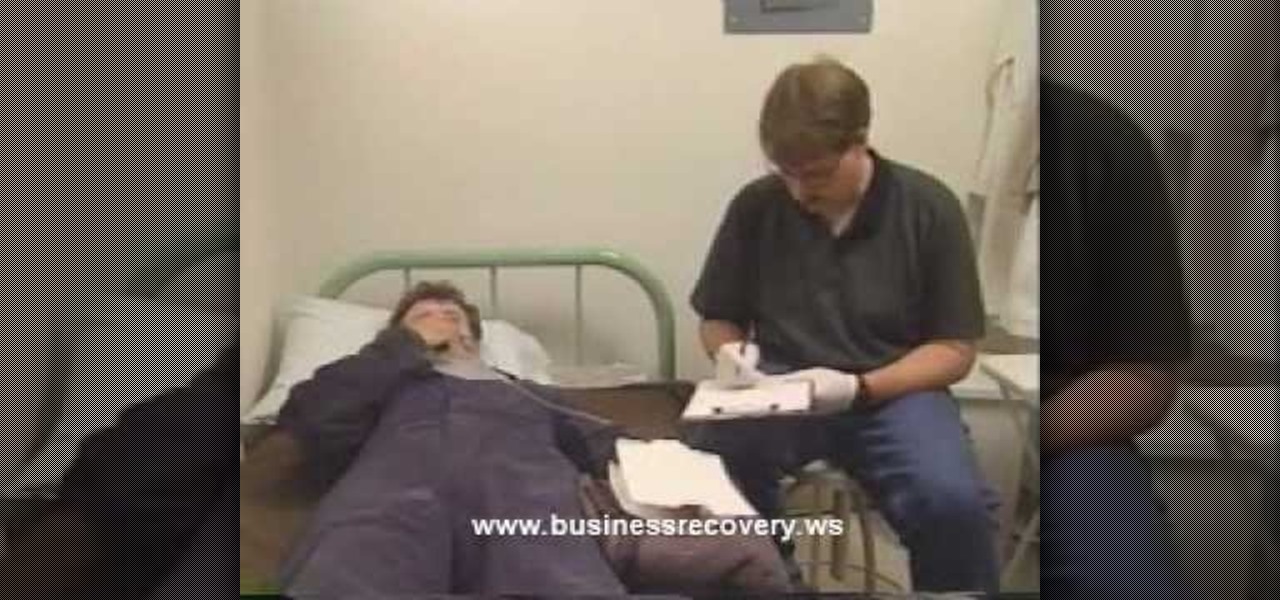
How To: Immobilize an injured victim
Wounds that involve underlying structures usually require immobilization. The purpose for immobilizing an injured victim is to provide support. This first aid how-to video demonstrates the proper technique for immobilizing someone who has serious wounds or injuries.
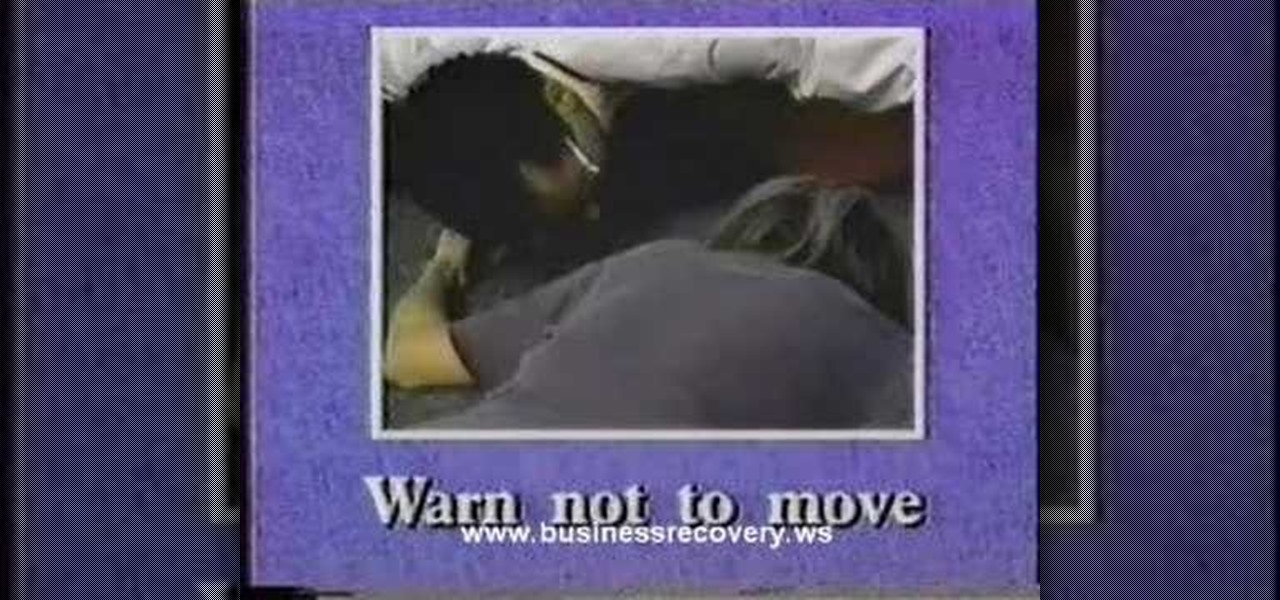
How To: Treat a responsive casualty with first aid
As with any emergency situation it is important to follow the proper guidelines for emergency scene management. This first aid how-to video will show you what you need to know to be ready for an emergency, where ever it occurs. Learn to treat a responsive casualty and hopefully save their lives.

How To: Perform CPR in an emergency situation
In this medical-minded video tutorial from the folks at ICYou, we learn about the newest recommendation for administering CPR (or cardiopulmonary resuscitation). For all of the details, and to get started learning more about how to give CPR yourself, take a look.
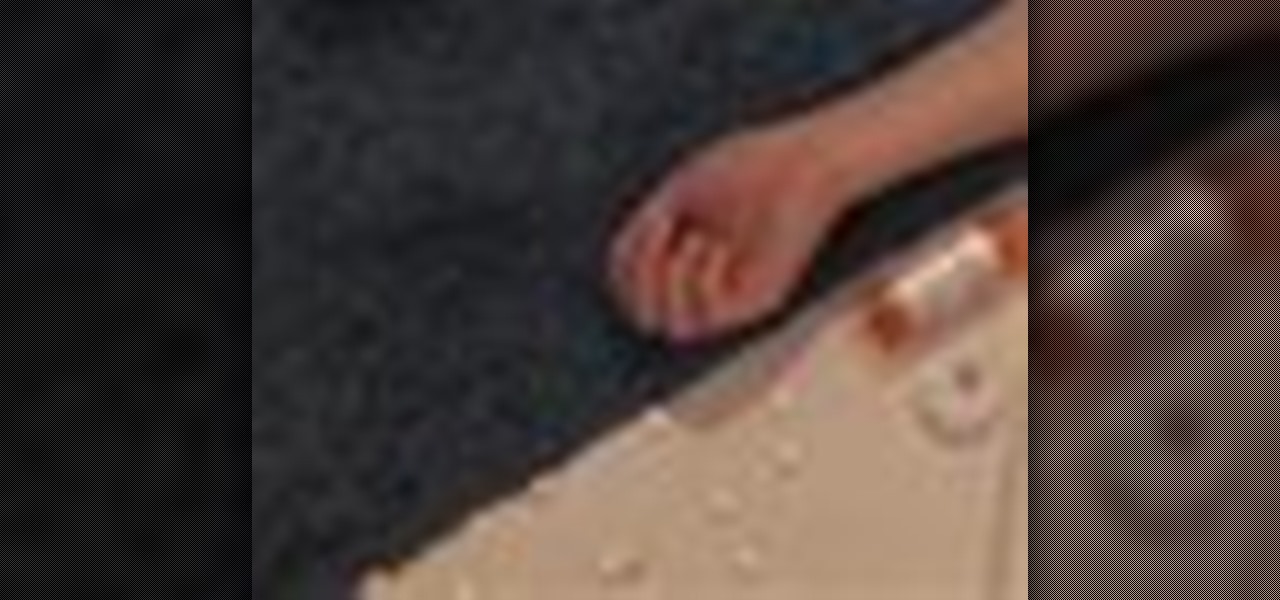
How To: Help someone who had been poisoned
Would you know what to do if someone ingested poison? Equally important, would you know what not to do?
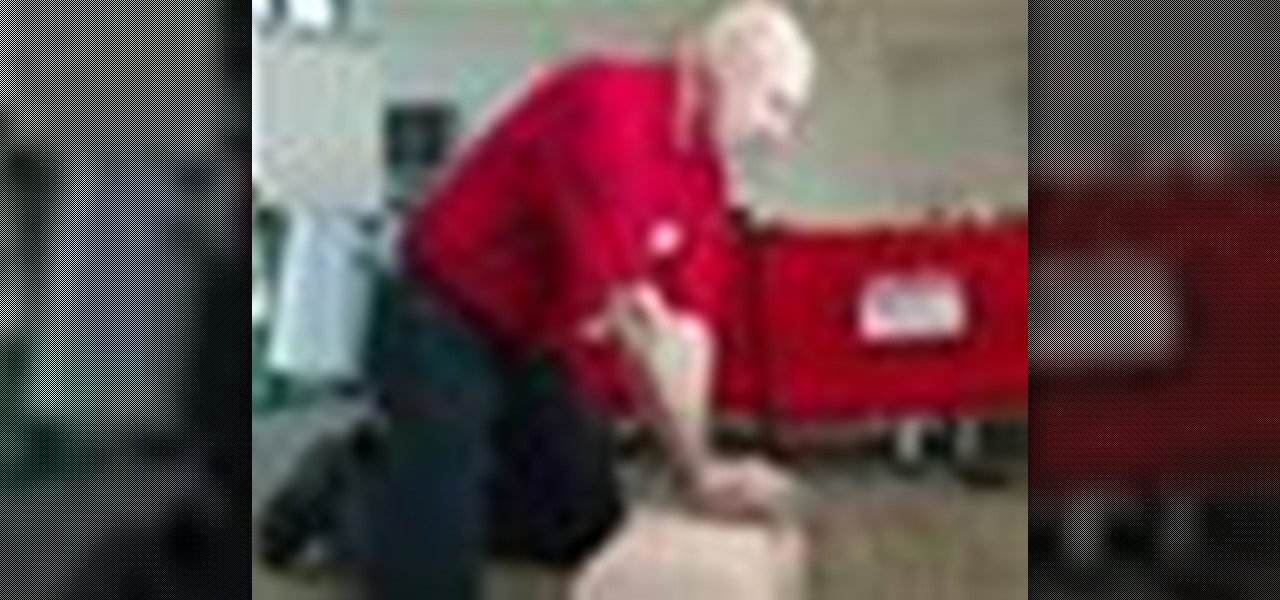
How To: Treat an unconscious choking adult or child
Unconscious choking can create an emergency situation. Learning to spot the symptoms of unconscious choking and react quickly to treat a victim of unconscious choking can help you save a life. Treat an unconscious choking adult or child.
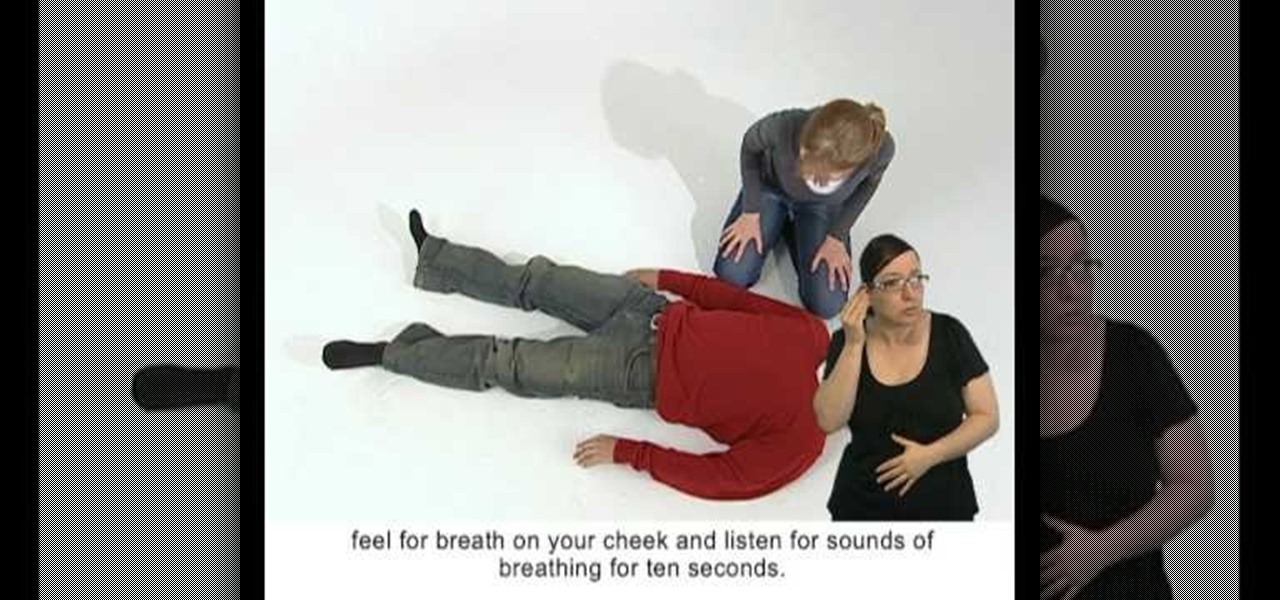
How To: Use the recovery position [signed] (British Red Cross)
Even those with hearing impairments need to know basic first aid procedures, because everyone, including deaf people, can save a life one day. People may collapse unexpectedly for a number of reasons, and people who faint periodically, or those who suffer frequent seizures or from epilepsy need help from others, so it's important that everyone know the proper first aid procedure for saving a collapsed victim casualty.

How To: Administer first aid
In this video clip series, our expert will demonstrate several first aid techniques that can easily be done to treat minor injuries and basic situations that you might find yourself afflicted with. Bee sting treatment, abrasion care, blister care and more.

How To: Make a sling
Making a sling is a simple procedure, and it is very handy to immobilize an injured shoulder, arm, or collarbone.
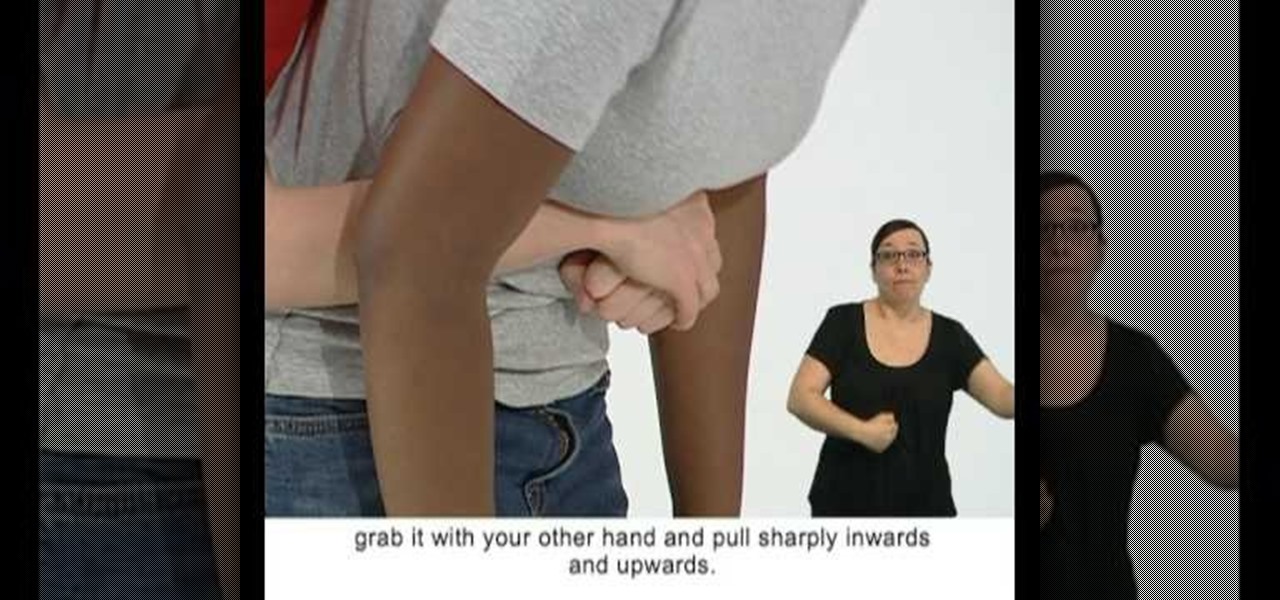
How To: Treat a choking person [signed] (British Red Cross)
Everyone should know how to perform basic first aid, especially for choking victims. This video will help deaf people and those with hearing impairment learn how to deal with choking, using sign language. Choking is serious life-threatening problem that need immediate attention. It could result in such problems as hypoxia or even death.

How To: Recognize and treat the 5 C's of a fever in children
Dr. Chris Steele guides us through how to find the 5 Cs of a sick child. When you have a child who is running a fever, it's important to remember not to heat up your home and wrap them in a ton of blankets. This is the worst thing you can do because you're increasing the warmth around them, which is going to increase their brain and body temperature. If your child has a fever, remember to cool them. Cool their room, cool a wash cloth to place on them, cool drinks, cool ice cream, and cool bed...



